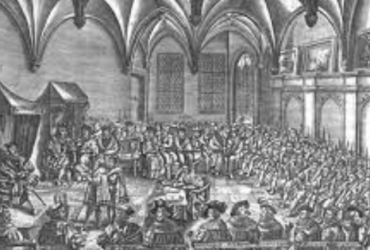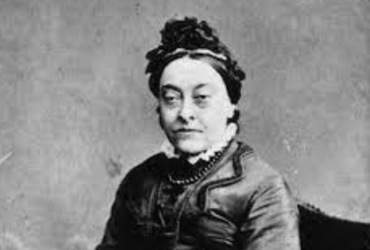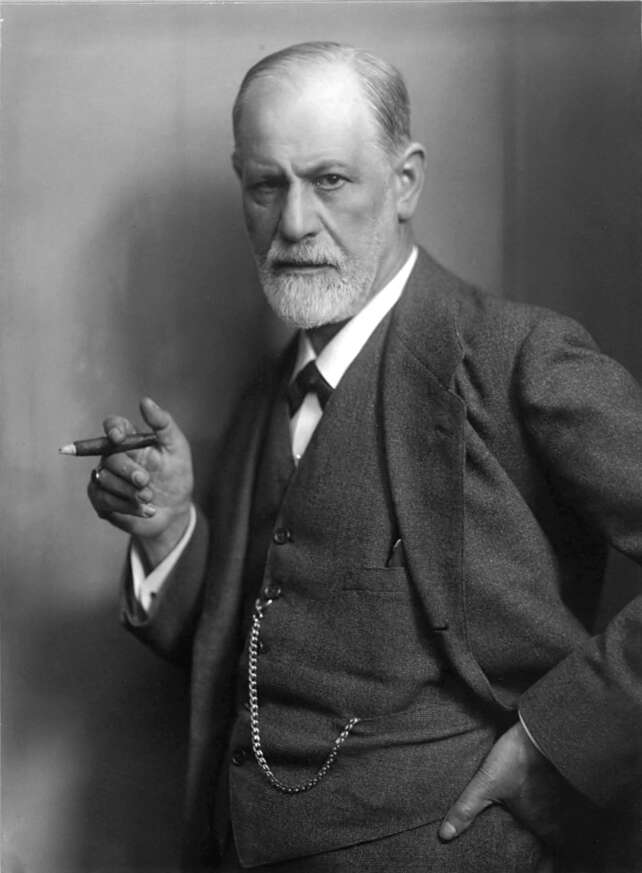Mystery play or Miracle play Versus Morality play
1. For Mystery play, materials are drawn from scriptural accounts or the lives of saints – from the Testaments, Old and New- and written in the verse form. On the other hand, materials for Morality plays are based on the moral aspects of human life- man in his…









